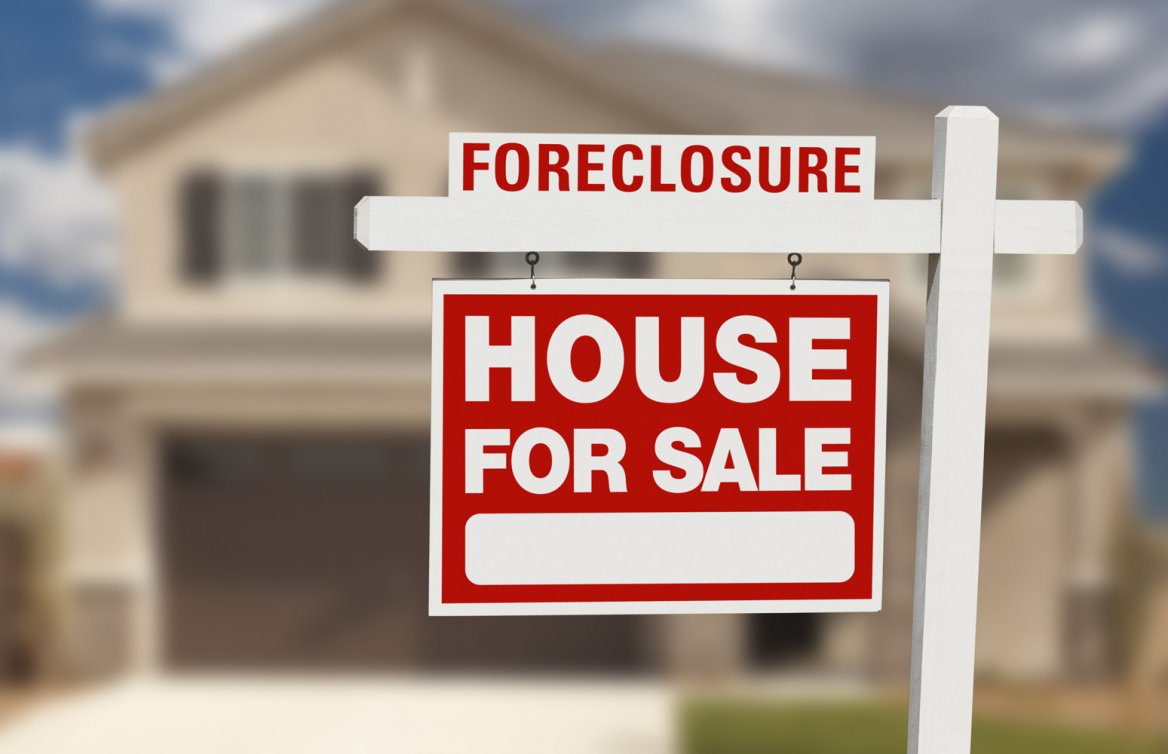
Home foreclosures are making a comeback in the wake of record job losses caused by the pandemic. As evidence many consumers are having a difficult time keeping up with their mortgage payments, foreclosure filings — default notices, scheduled auctions or bank repossessions — began climbing in August 2020. And even though a current moratorium on foreclosures and evictions last week was extended through March 2021, banks and landlords can pick up where they left off when it comes to collections and foreclosures. The good news is that homeowners now have a couple extra months to sort out late payments and work out foreclosure alternatives.
#1 Refinance. Refinancing won’t be as detrimental to your credit report, but it’s a step best taken before your lender begins a foreclosure process. Oftentimes, by the time a bank files a foreclosure complaint, it wants you off its books.
#2 Repayment plan. Repayment plans allow you to set up a regular mortgage payment plus an extra amount to get you caught up. Lenders are more likely to accept a repayment plan if you’ve fallen behind due to some hardship and can show them a budget that makes sense.
#3 Forbearance or moratorium. Forbearance allows you to put payments on hold during a temporary hardship, allowing you time to get through your financial issue before resuming payments.
#4 Modification. Similar to refinancing, a loan modification changes the terms of your loan. You can use it to spread payments out over a longer period thereby reducing the monthly payment amount. It’s appropriate if you have some permanent or temporary hardship.
#5 Partial claim. If you have private mortgage insurance, your insurance company may lend you the money to bring your payments current. It means a second loan on the property because you’ll need to repay the insurer, but it will catch you up with the bank.
#6 Short sale. Short sales are still the most common today. With a short sale, you find a buyer who’s willing to buy your property for an amount the bank will accept. It’s called ‘short’ because the amount isn’t enough to cover the full amount of the mortgage.
#7 Deed in lieu of foreclosure. Another common option, a deed in lieu of foreclosure is where you pay to deed the property back to the bank. In return, the bank agrees not to pursue any deficiency judgment.
#8 Making home affordable. Several federal programs exist to help people who are struggling to make mortgage payments. On makinghomeaffordable.com, you can find information about programs such as HARP (Home Affordable Refinance Program), HAMP (Home Affordable Modification Program), HHF (Hardest Hit Fund) and several others.
If you’re struggling to make home payments, the best advice is to talk to your lender or seek help before a foreclosure action is ever suggested. Most lenders far prefer working out alternative ways for you to repay your loan than walking away with your home. They’d rather work with finances than real estate.
 Article by Brian Weber, Lawyer in La Crosse WI. For a bankruptcy lawyer in La Crosse, call him at 608-784-5678.
Article by Brian Weber, Lawyer in La Crosse WI. For a bankruptcy lawyer in La Crosse, call him at 608-784-5678.
